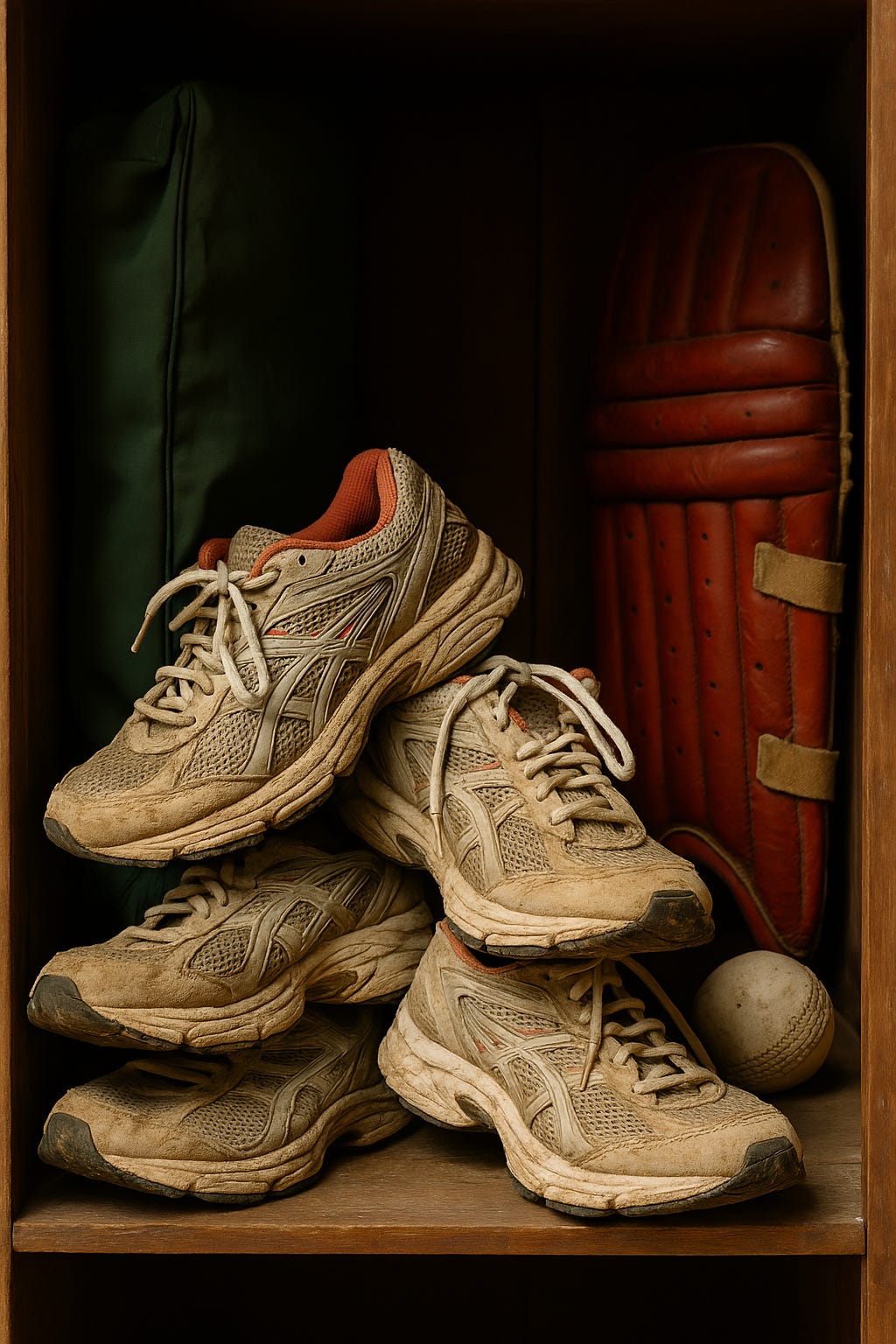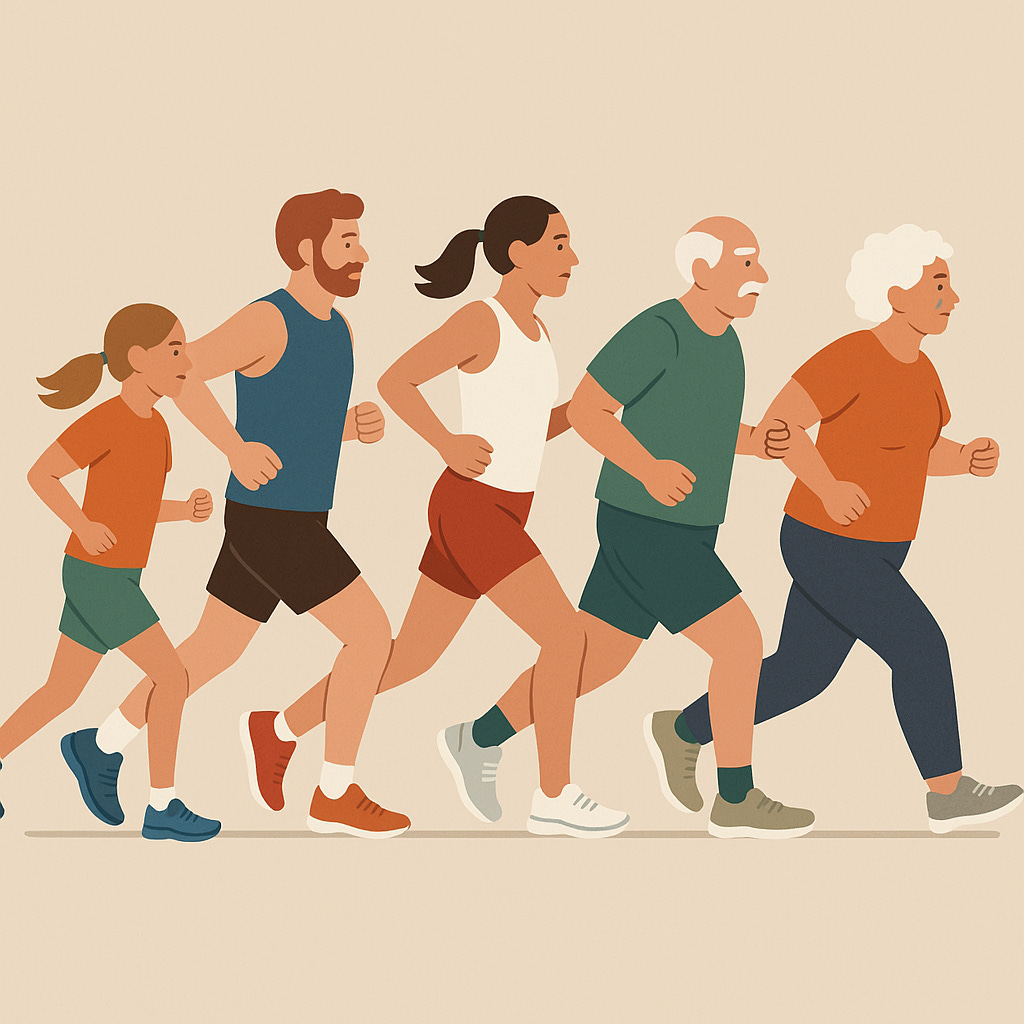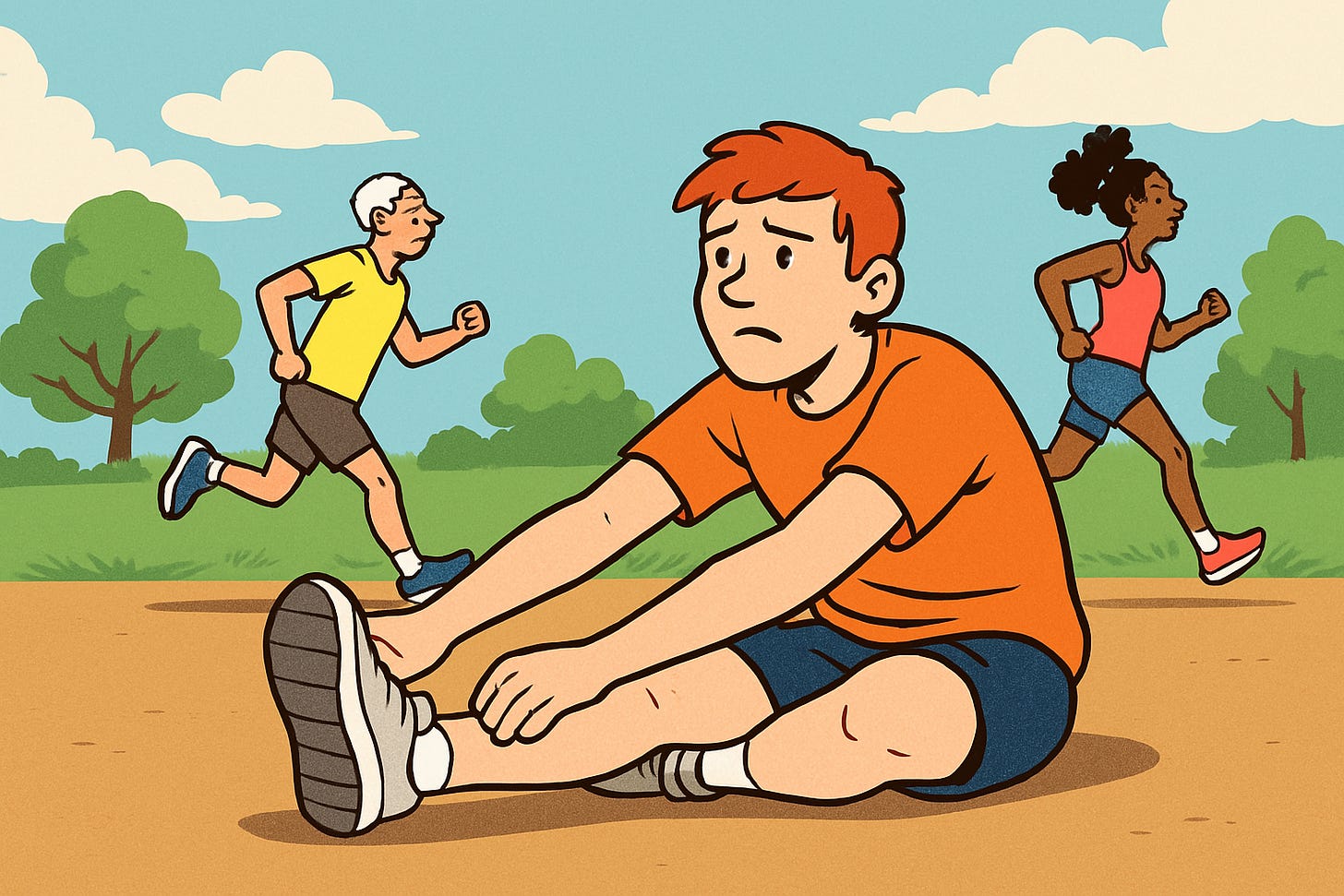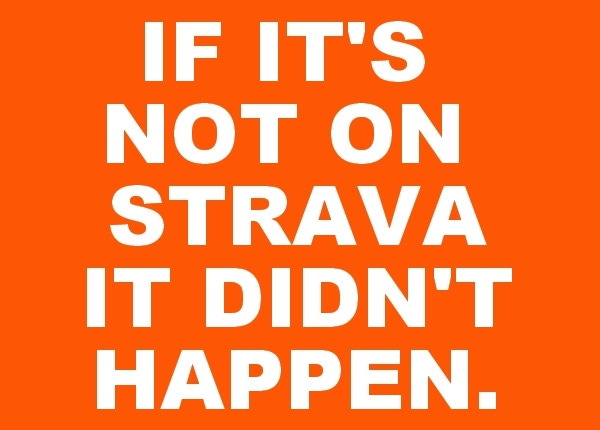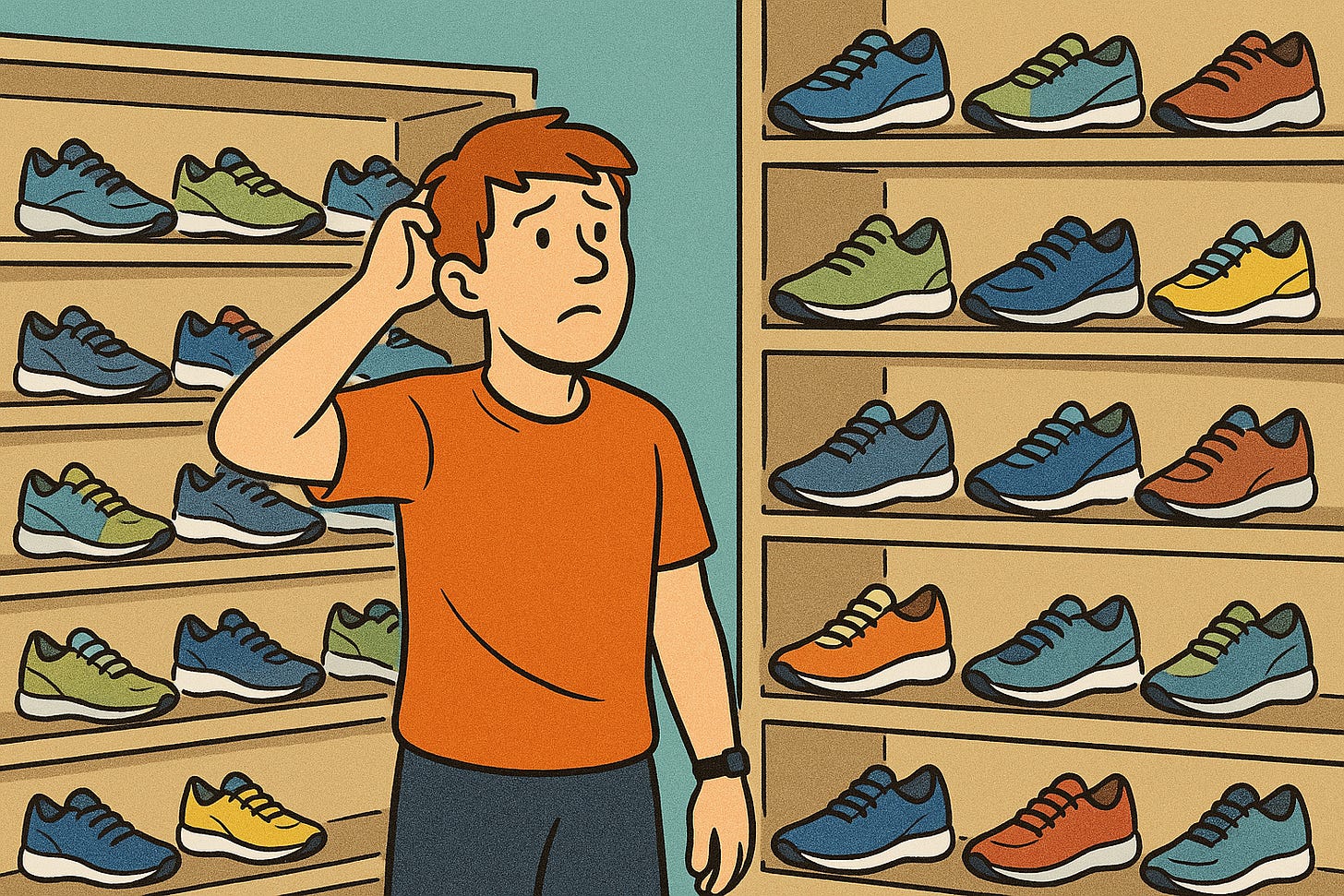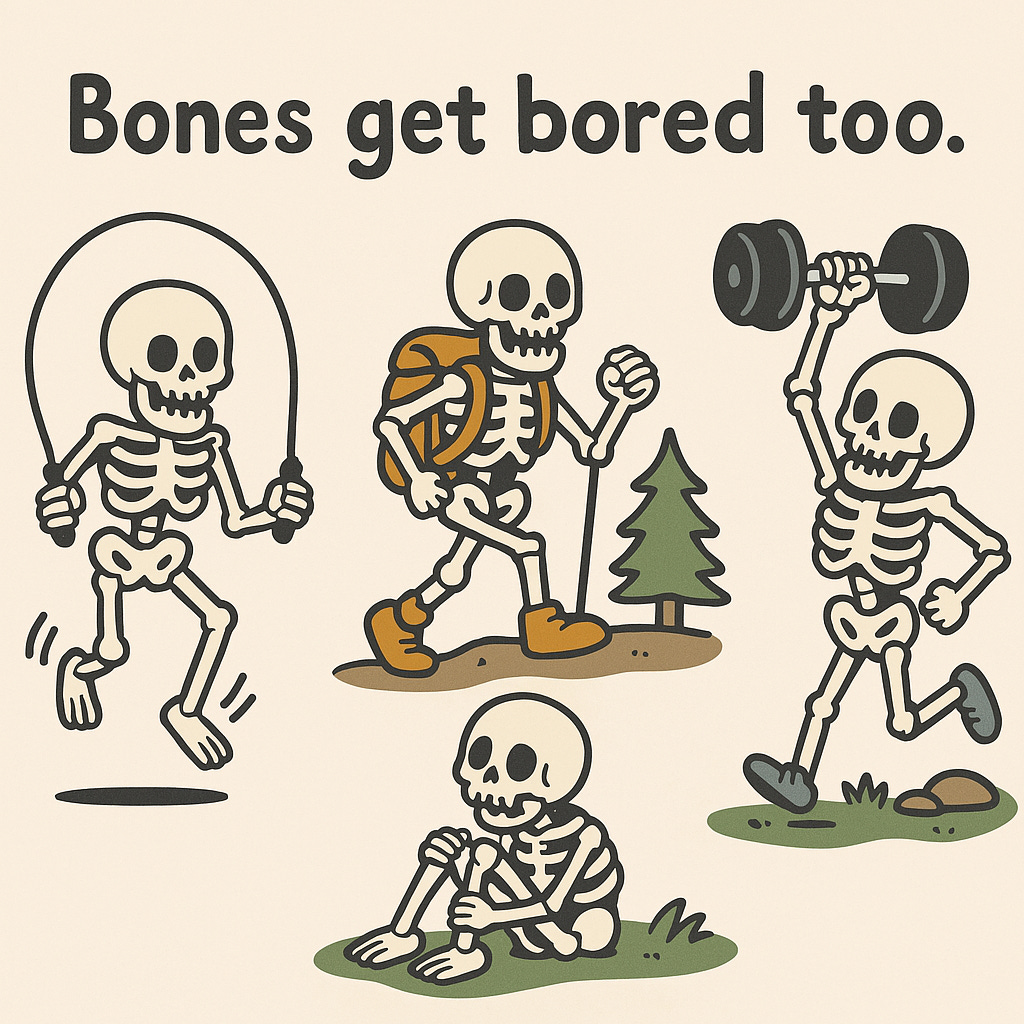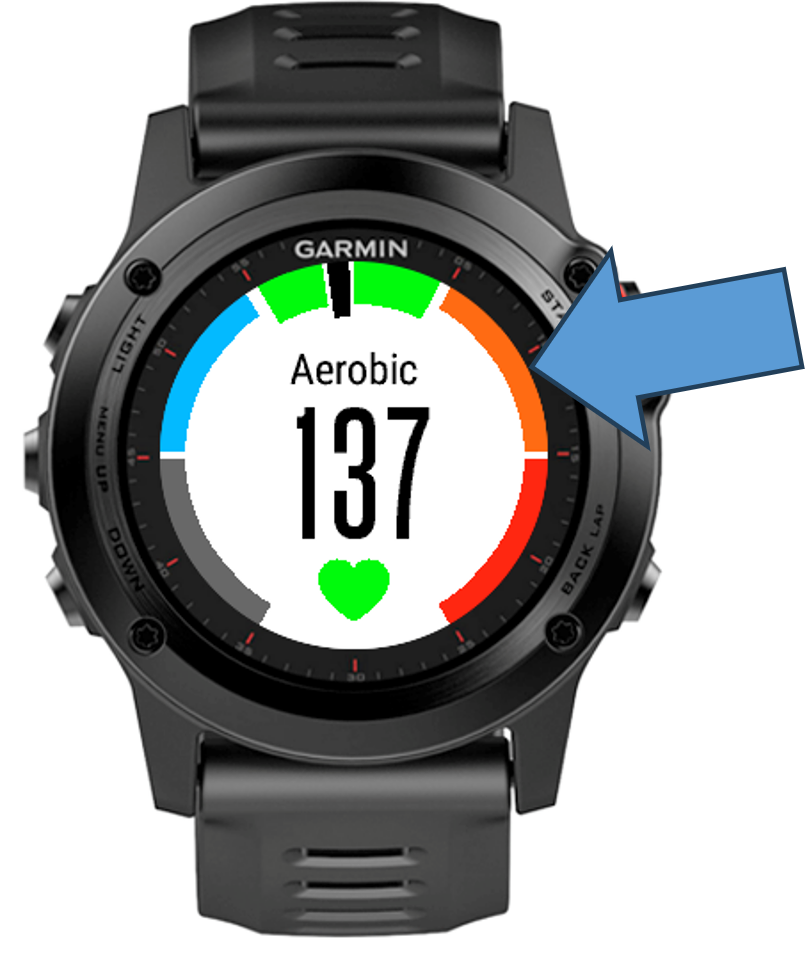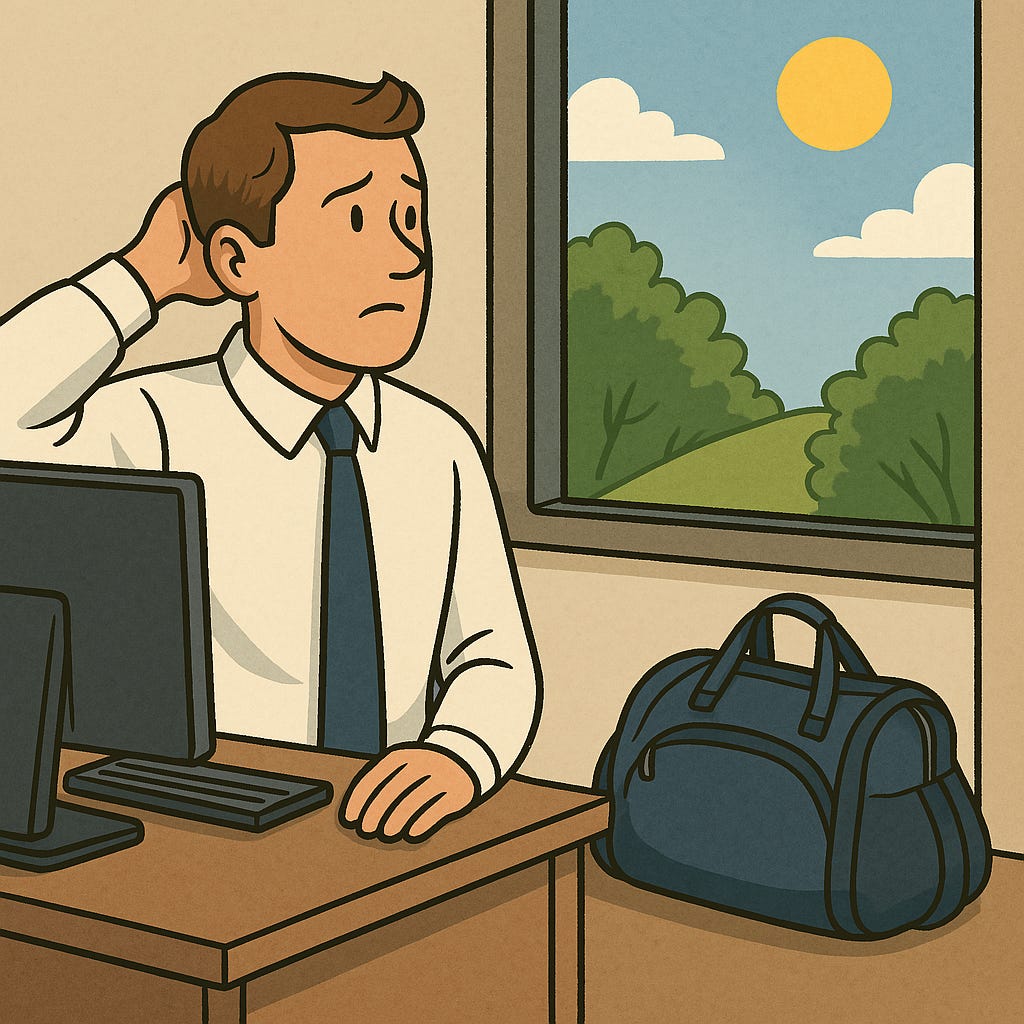Patients Playbook | Running Late – The Midlife Runner’s Survival Manual
How the Physio Stretched Less, Ran More, and Didn’t Fall Apart
This is a no-paywall blog post with insights I believe are valuable. If you find it useful, subscribe to my Substack for more in-depth content, exclusive case studies, and clinical insights.
Your support helps me continue sharing everything I’ve learned in the clinic with the world
☕ Prefer a one-off thank you? Buy Me a Coffee.
This post is a guide only and should not be taken as medical advice. It does not replace assessment and recommendations from a registered and regulated healthcare professional.
There’s a special kind of nostalgia that creeps in when you lace up the runners again after years of them living quietly in the garage, next to the camping gear and old cricket pads.
If you were a runner in your twenties, you might remember the “never stop, never walk” mentality. Every run had to count. Every pace was tracked. For me, I had an Excel spreadsheet (yes, really) with every distance, time, and rough estimate of calories burned. I used to plot my routes on some ancient CD-ROM mapping software. I can’t even remember what it was called, but this was well before GPS watches or Google Maps.
I also used to stretch. Religiously. Before, after, sometimes during. Because if you didn’t stretch, you’d snap. The Army PTIs told me so. That was the gospel then.
Fast forward to today—I’m a physio, a few more kilometres on the clock, and running means something very different. It’s no longer about performance or pace. These days, I run to self-medicate—to clear my head, regulate stress, and reboot my brain before going back into the clinic. If you're a patient of mine, you might want to book an afternoon session. Odds are I’ve been for a run at lunch, and I’m sharper, calmer, and more helpful. Running gives me that.
But if you're looking to start (or restart) running in your thirties, forties, or beyond, here's what I want you to know: it’s not too late, it’s just different.
Stretching, Warm-Ups & Cool-Downs: Let’s Unlearn a Few Things
In your twenties, you stretched because that’s what every footy coach, PE teacher, and Runner’s World article told you to do. If you didn’t, surely something would snap. But the latest evidence?
Stretching does absolutely nothing to prevent injury in running.
If you enjoy it, go for it. But don’t force yourself into a calf stretch in the dark at 6am because you think it’s “essential.” It’s not.
Static stretching (the classic stretch hold) before a run? Might reduce your power temporarily, possibly increasing injury risk before sports/exercise.
Warm-ups? Just walk for a few minutes and then start running - or not even. The first 5 minutes of your run are your real warm-up.
Cool-downs? Walk back to your house. Or take the dog around the block once you’re home. That’s plenty.
There are better things to spend your effort on—like not doing too much too soon.
Some good advice on Load Management (avoiding the Too Much Too Soon injury) is in the below blog:
Don’t Overthink It—Just Run
Modern running has gotten... a bit intense.
There’s talk of heart rate zones, cadence tracking, VO2 max scores, carbon-plated shoes, and watches that need more charging than your phone. It’s impressive—but easy to overdo.
Let the tech guide you, not control you. I use my heart rate monitor to keep an eye on how hard I’m working—it's a great way to avoid the classic “too much, too soon” injury and to steadily build aerobic fitness. More on that below.
But the main thing? Run first. Analyse later. Don’t overthink it.
Some days you’ll feel flat and run well. Some days you’ll feel strong and run slow. That’s normal. Your body’s not a spreadsheet.
Injury Prevention: The Goldilocks Rule
When people ask me how to avoid injuries when getting back into running, I give them the same advice I give about budgeting and diet:
Consistency over intensity. Variety over perfection.
The biggest mistake? Volume errors.
You run once a week? That’s not enough to adapt.
You run five days in a row after months off? That’s too much to absorb.
2–4 runs a week is the sweet spot.
If you’re new or returning, start with walk-jog intervals. Your body is extremely adaptable—but it doesn’t like being surprised. Think of it like mortgage repayments: One extra repayment doesn’t seem like much now, but it builds equity in the long term. Miss a bunch and binge-repay later? That’s when things crack.
And if you’ve been sick, injured, or off for a few weeks? Start back slowly. That “10% rule” you’ve heard about? It’s not conservative enough for everyone. Some people need to go even slower. Some bounce back faster. It’s not a rule—it’s a suggestion.
Shoes: Don’t Overcomplicate It
Let me tell you a secret from the physio world: there is no perfect shoe.
There is only the one that works for you.
The best shoe is comfortable.
Get your feet measured—they change over time.
If you’re switching from max-support to minimalist? Take 12–24 months to transition.
Rotating between 2 different pairs during the week can actually reduce injury risk.
Shoutout to Lachlan at the Athlete’s Foot store in Belconnen, who got me into my first pair of Hokas recently. Told him I’d do a shoutout—now I have.
Variety: The Secret Weapon for Bones
Here’s something cool: bones love variety.
And I mean that literally.
Bones remodel based on the loads you apply to them. Repetition creates weakness. Variation builds resilience. This isn’t just opinion—it’s backed by the likes of Dr Belinda Beck and Dr Rich Willy from Montana Running Lab.
So instead of running the same 5K loop in the same shoes on the same surface every week, mix up your:
Distance
Surface
Route
Shoes (optional)
Trail, pavement, grass, hills. It keeps your body guessing—and adapting.
Heart Rate: The Yellow Zone Rule
Here’s something I learned the hard way: what used to be your recovery pace in your twenties… is your race pace in your forties.
Your cardiovascular system doesn’t lie. Neither do your tendons.
A simple trick I’ve embraced is heart rate-based training. Specifically, staying in the yellow zone—about 60–80% of your max heart rate. This is where most of your aerobic base gets built. It’s also where you’re least likely to roll the dice on injury.
I use my watch to check when I drift into the red zone. When that happens, I walk until I settle back into yellow. That’s not failure—it’s good strategy.
👉 Be careful keeping up with mates. Go your pace, your time.
Trying to hang on to someone else’s rhythm when you’re not conditioned for it? That’s rolling the dice.
Make Running Fit Your Life
This part's important—especially in middle age.
Your day is packed. Work, kids, partner, maybe unwell parents. Your window to run might be 20 minutes, once a week, between school drop-off and a dentist appointment.
That’s why I tell people to keep a run bag packed and ready. Mine lives in the car. Shoes, socks, head torch, change of clothes. If the window opens—I’m out the door.
💧 Waterproof socks? Game-changer. You can be drenched from the knees up, but if your feet are dry, it’s still a good run.
🗺️ And if you're in a new area or bored of your usual loop? Garmin’s course generator can spit out a 5K route on the fly. No planning needed.
You ARE a Runner. Period.
All the middle aged runners come in and all say the same thing:
“I’m not a runner.”
Yes, you are.
Everyone is a runner. They just don’t know it (yet).
You don’t have to look a certain way. You don’t need a sub-30-minute 5K. If you run, you’re a runner.
We’re literally designed for it—our tendons, our cooling system, our big glutes. Over time, our muscle fibres actually shift toward endurance. We were built to chase things over long distances. It’s in us. We even have an ITB that’s specialised for running.
And for the record, recreational runners have lower rates of osteoarthritis than non-runners. It’s better for your joints than sitting still.
Final Thoughts
Running in your twenties was about proving something.
Running in your forties is about sustaining something.
“Run slow. Run often.”
— Paraphrased from David Abbot
Forget perfect plans. Forget needing to look like a runner.
Be consistent. Go your pace. Mix it up.
Put in an extra repayment here and there—because the return of investment in running is long-term health.
Further Reading & Credible Running Nerds
Did you find this valuable? If so, even a small contribution helps me keep content like this going.
This is high-value information that normally costs hundreds of dollars in a clinic—here, you get it for free.
☕ Buy Me a Coffee to say thanks, or become a paid subscriber and get subscriber-perks such as asking me about anything Musculoskeletal pain and injury in the Substack chat.
Tailor your Nick Ilic | Physio Clinician subscription:
You can customise which topics you receive updates for by selecting 'Manage Subscription' in your Substack options (in your browser), or by clicking 'unsubscribe' at the bottom of any email—don’t worry, it won’t unsubscribe you immediately! You'll then be able to choose your preferred sections:
✅ Patient Playbook
✅ Clinician’s Corner
✅ Research Reviews
✅ Clinician’s Compass
Choose what suits you best—I promise I won’t take it personally!



